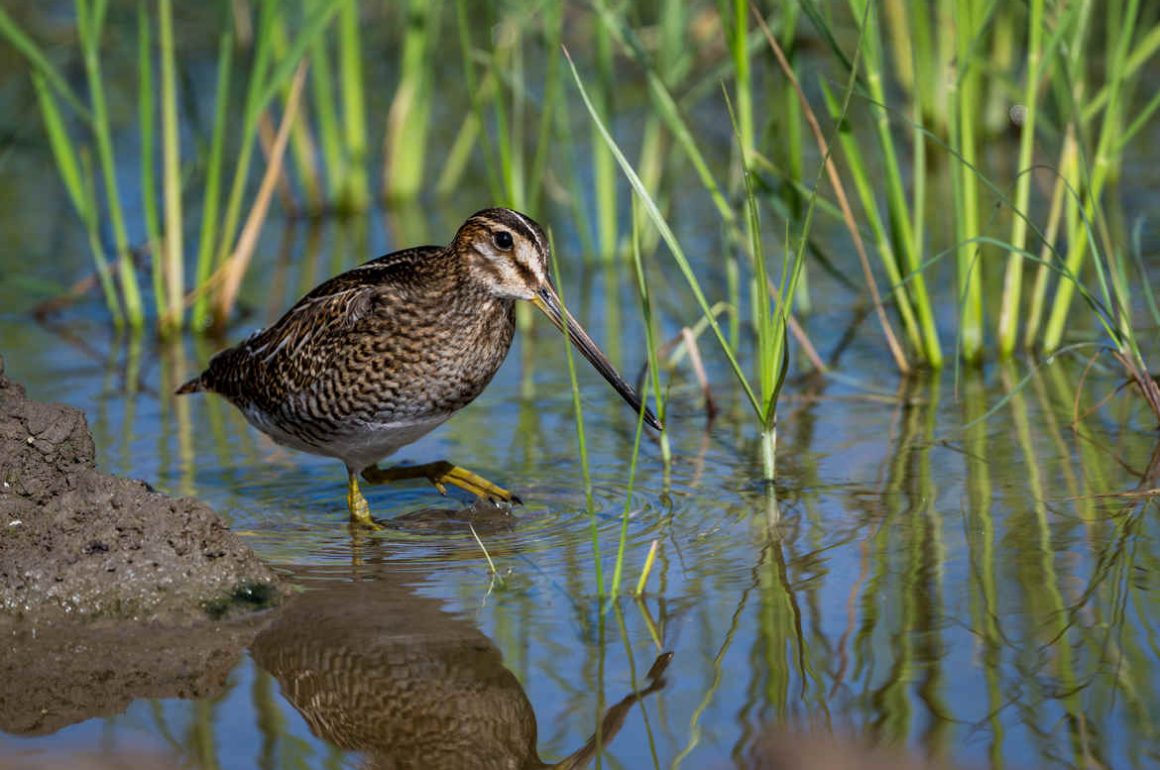
This was another month with a very slow start. Typically – and I am basing this less on my own rather unreliable memory and more on eBird – passerine migration already starts in early September. Not this year. Whether this is as it was a very hot first half of September (bonus points to me for not mentioning climate change at this moment!) or something more sinister – hard to tell.
So, what did this leave this poor birder who tried to convince himself several times that getting up at around 2.45 am in order to be at the most promising migration spot in Shanghai in time for sunrise?
Well, to some extent, taking photos of waders. Torrential rain had flooded some of the almost completely destroyed reedbeds at Nanhui (no worries – the government will surely create some small artificial wetlands somewhere else), attracting some small and basically remarkably unrare shorebirds (note nod to the fact that 10,000 Birds has readers both in North America and in Europe, as well as about 7 in Timor-Leste, if I understand the latest readership statistics correctly).
These photos partly show species like Long-toed Stint along with trash, discarded plastic shoes, and crabs (both dead and alive).
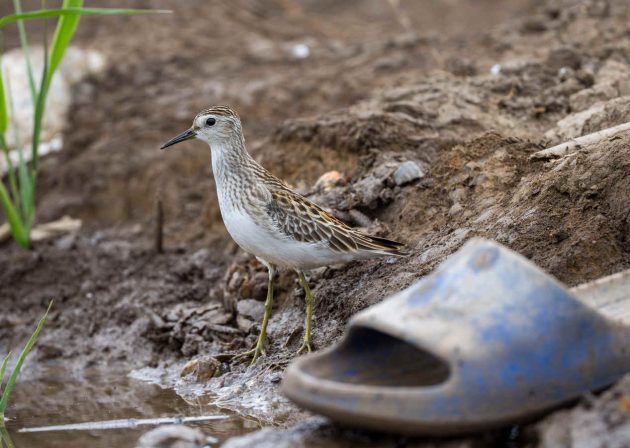
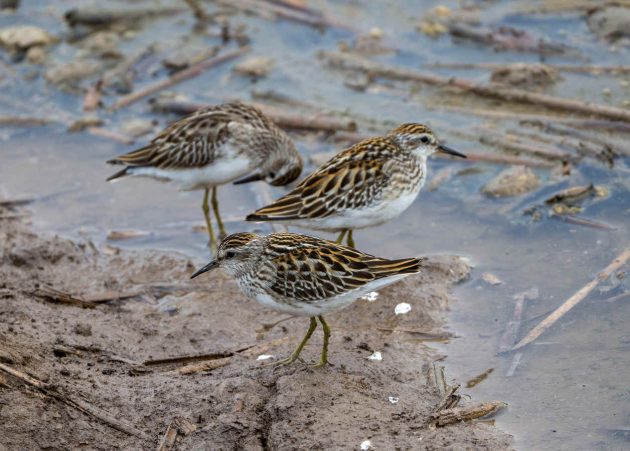
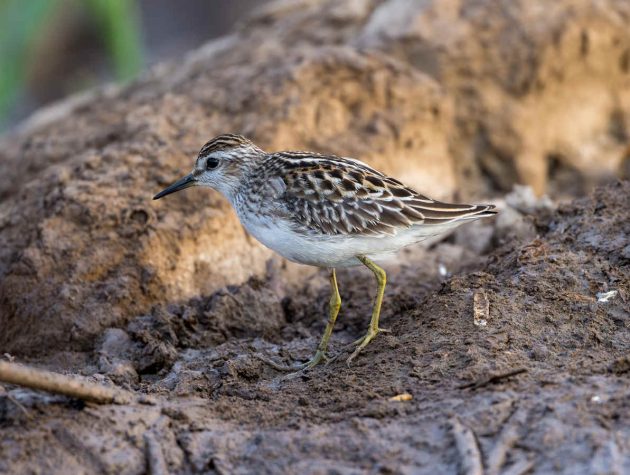
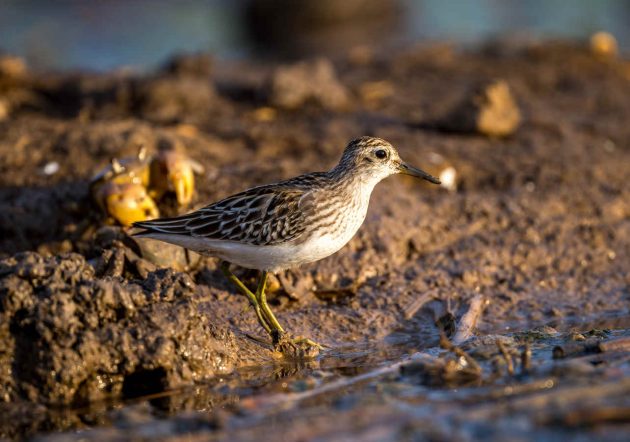
Other species – photographed while sweating and sinking in the mud, but nothing is too hard for us to please our readers – include the rather cute Red-necked Stint …
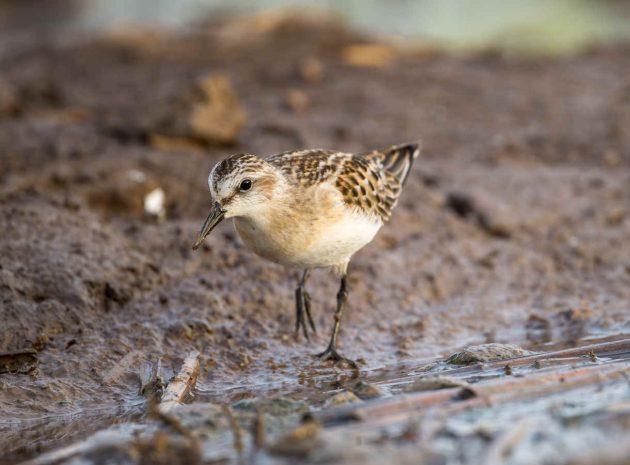
… (not really a redneck, I hasten to add, not wanting to be counted among the supporters of Trump and possibly slavery) …
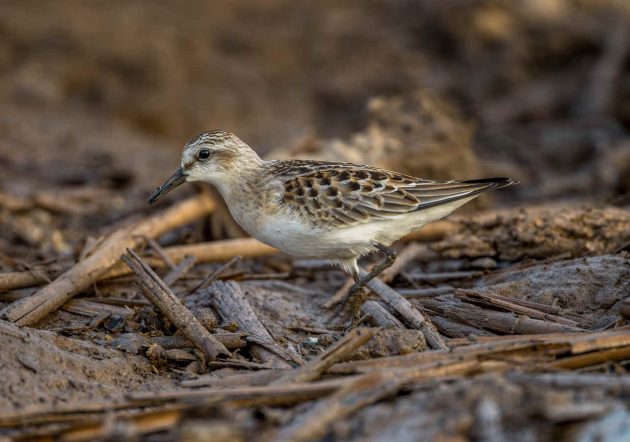
… Common Sandpipers (suffering from inflation, as anyone with the moniker “common” does in the US today, Trump’s promise to stop inflation on day one notwithstanding – but I learned a new word from his speeches, namely “groceries”) …
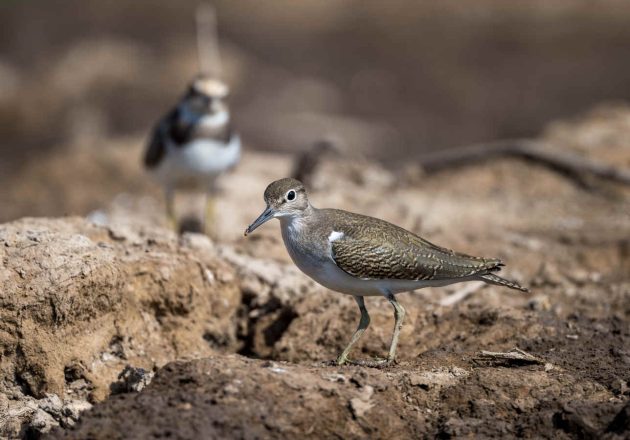
… Little Ringed Plovers …
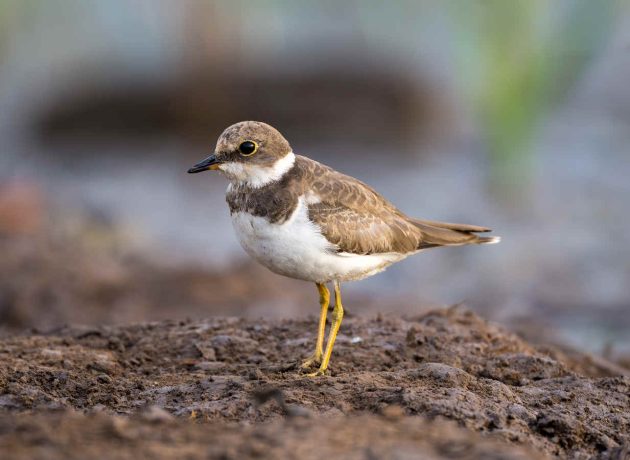
… (which apparently have no difference in survival rates between the two sexes, and yes, I know, that is not a very interesting statement, but most research supports findings that are not very interesting) …
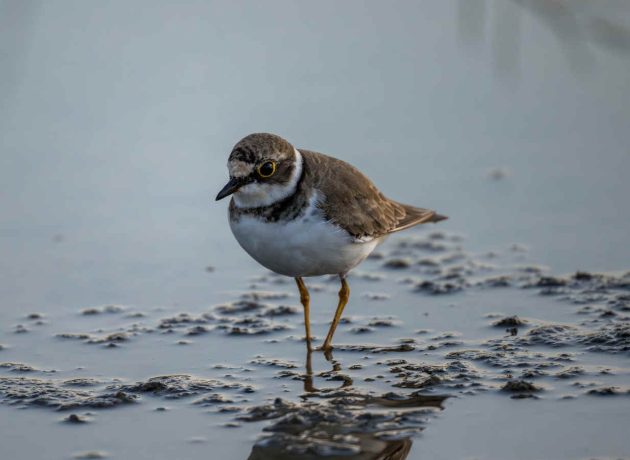
… along a few more waders such as Temminck’s Stint …
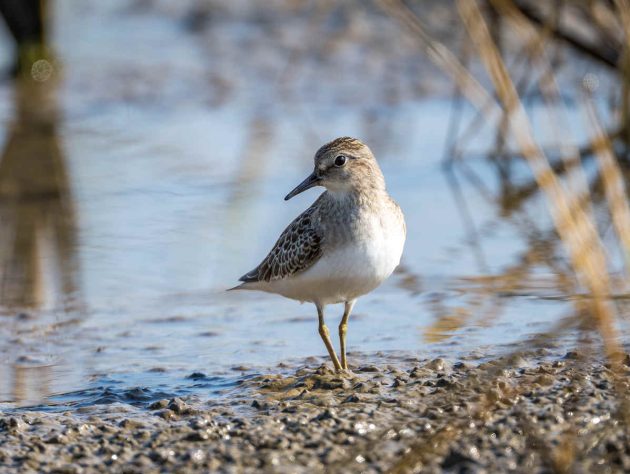
…. and shorebirds such as the Wood Sandpiper …
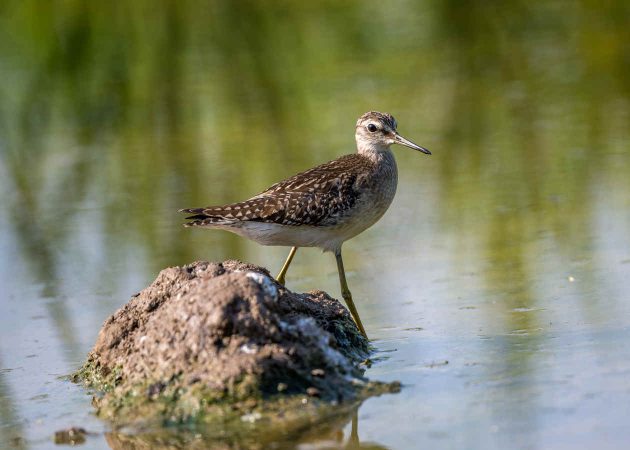
… and the rather non-shorebirdish White Wagtail, which showed up very close to my camouflaged camera spot anyway.
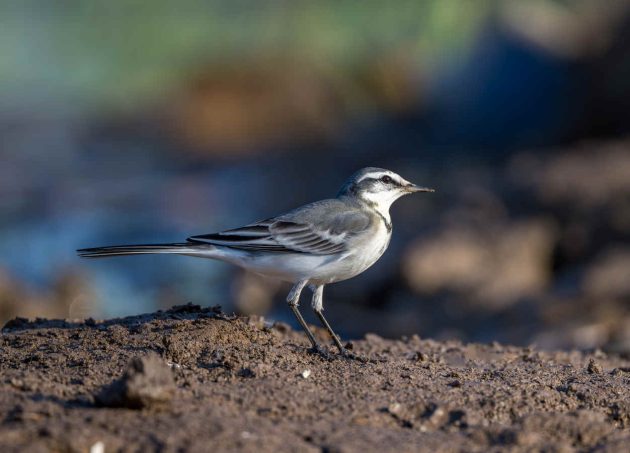
Of course, shorebirds are not the only ones that basically all look the same and say the same, whatever happens (like US Republicans) – you also have Dark-sided Flycatcher …
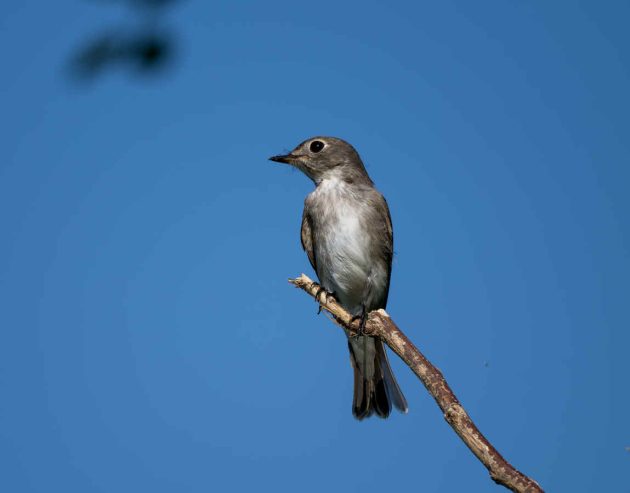
… Asian Brown Flycatcher …
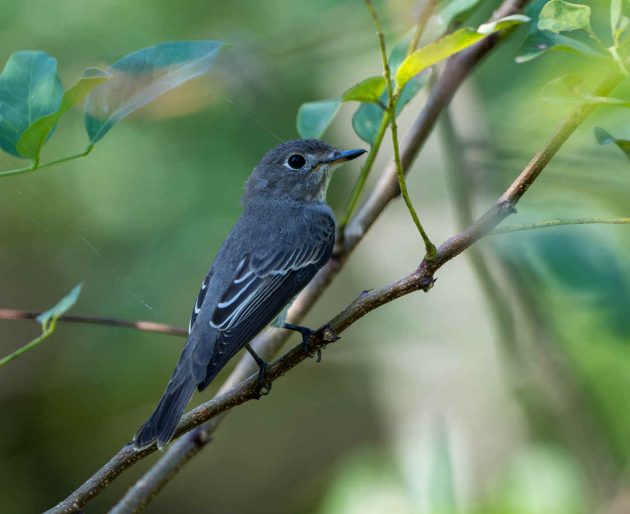
and Grey-streaked Flycatcher.
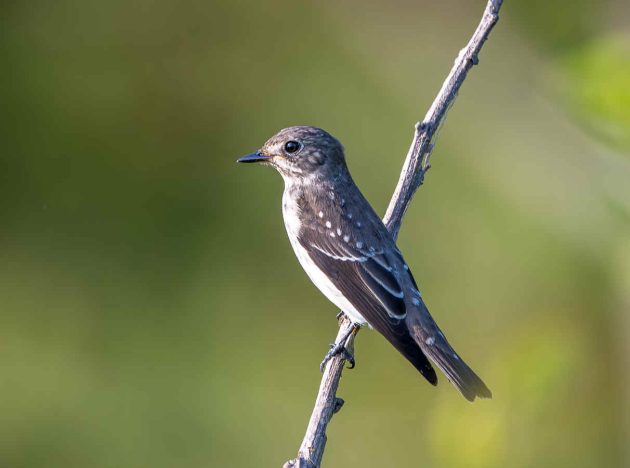
And of course, I got the usual photos of Little Egrets …
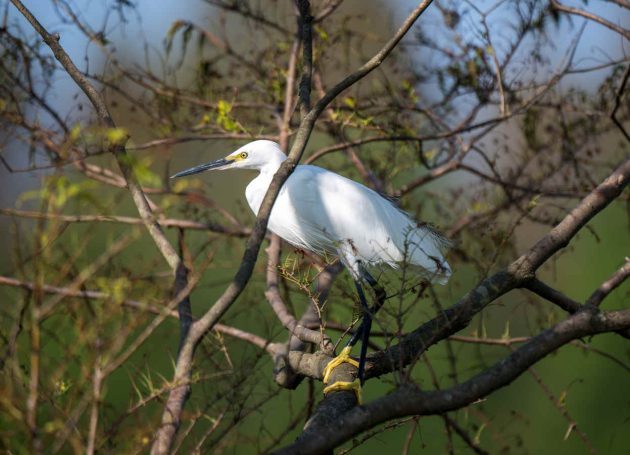
… and Grey Herons.
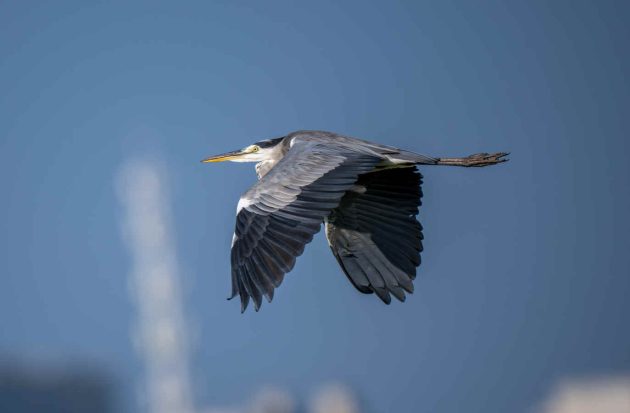
But all this talk is only to hide the fact that I only got a terrible photo of a Fairy Pitta.
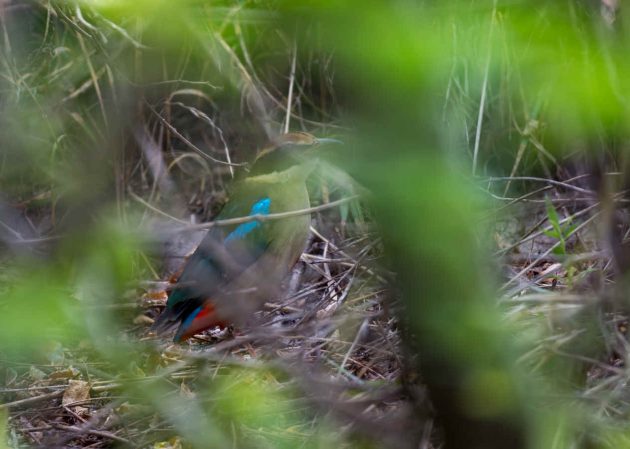
I would not even call it a record shot. Maybe a bootleg record shot? I used to do bootleg recordings of concerts when I was much younger …
What you will now say – and I fully understand – is something like this: “That is all good and well, and we understand your frustration, but weren’t there any good birds in Shanghai in September that you can share with us?”
Well, there were a few Pin-tailed Snipes.
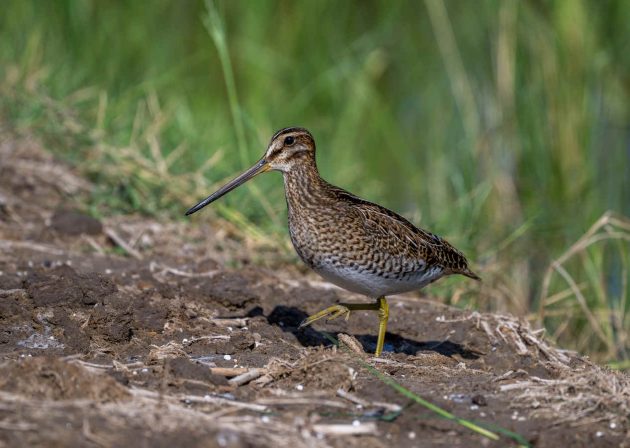
Probably just passing through on migration to their wintering destinations further south.
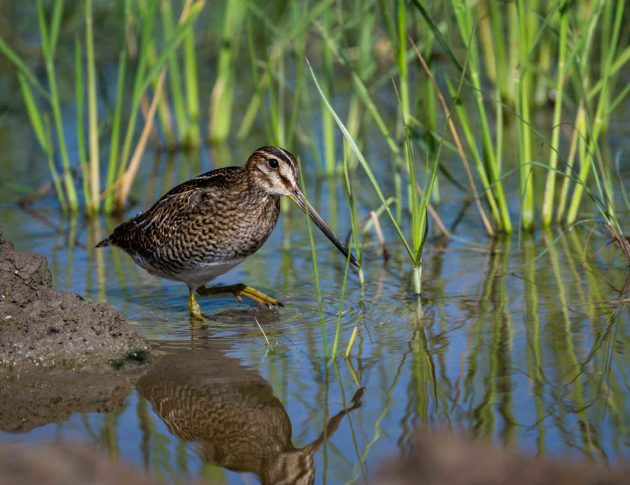
Like some humans, they are described as “presumably monogamous” (HBW).
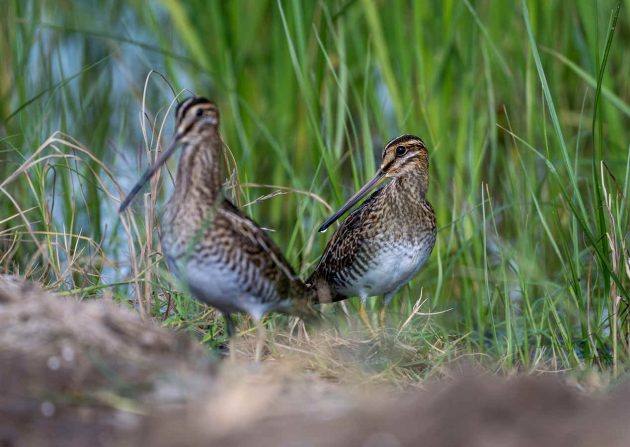
Also, there were a few Black Paradise Flycatchers. Rather good-looking birds, though even the males only have short tails around this time of the year …
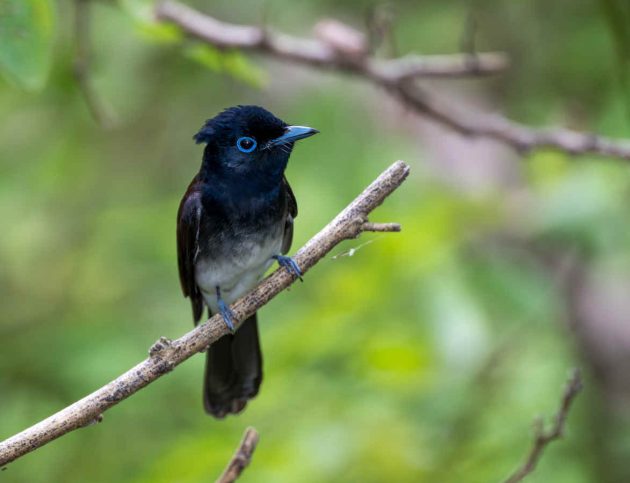
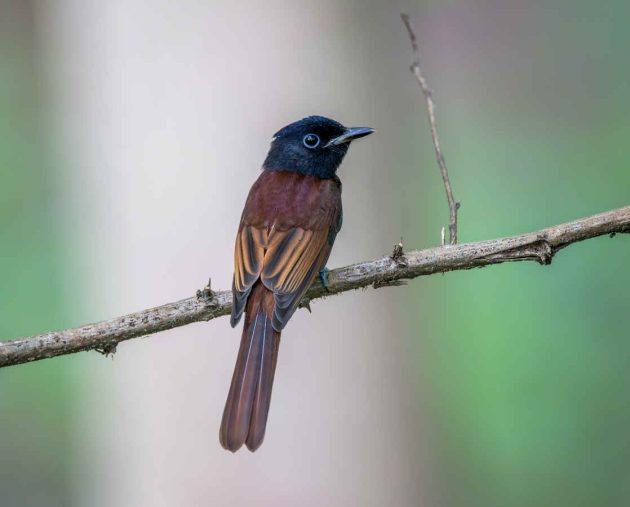
… and presumably the Chinese – never too fond of Japan – asked them to change their name from the previous “Japanese Paradise Flycatcher”, which I was kind of attached to.
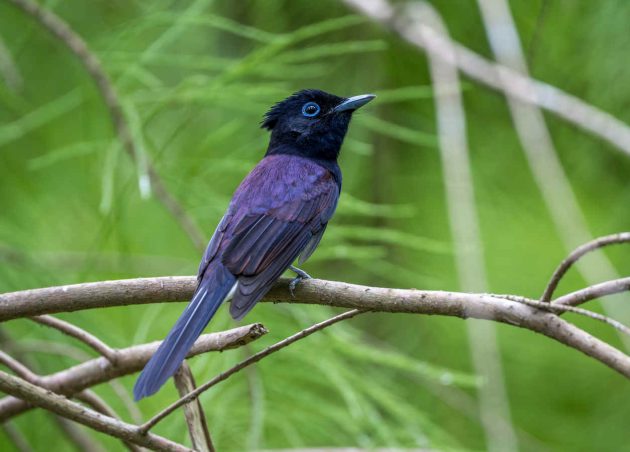
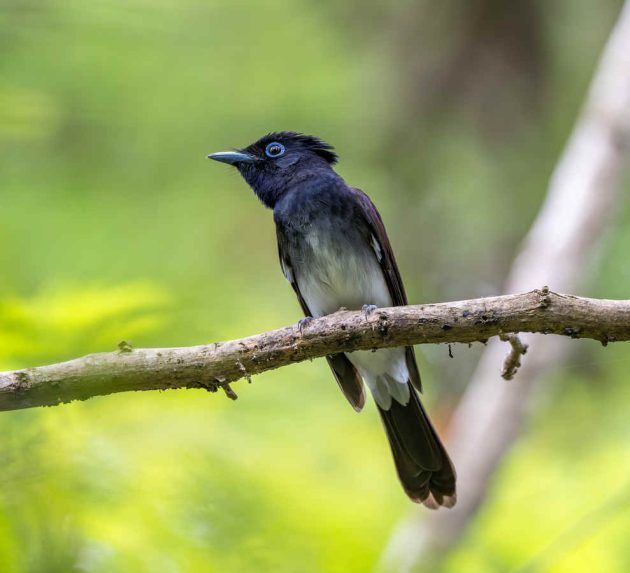
Also, Blue-and-white Flycatcher.
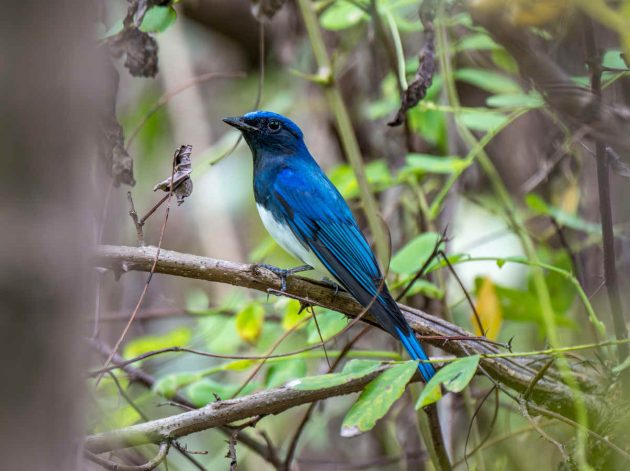
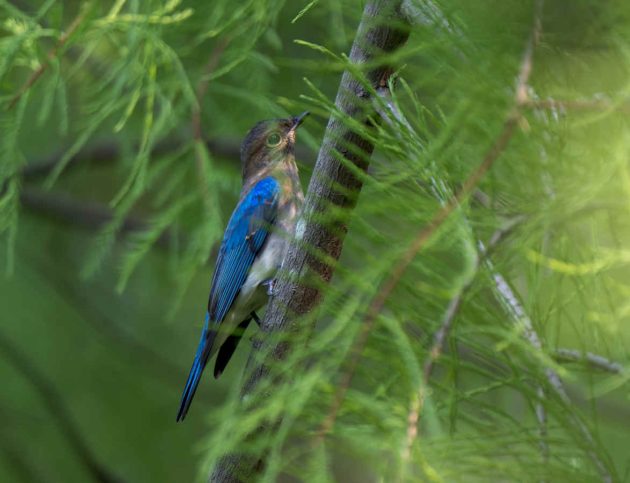
It is certainly not a woke thing to say, but the female of the species looks decidedly dumpy.
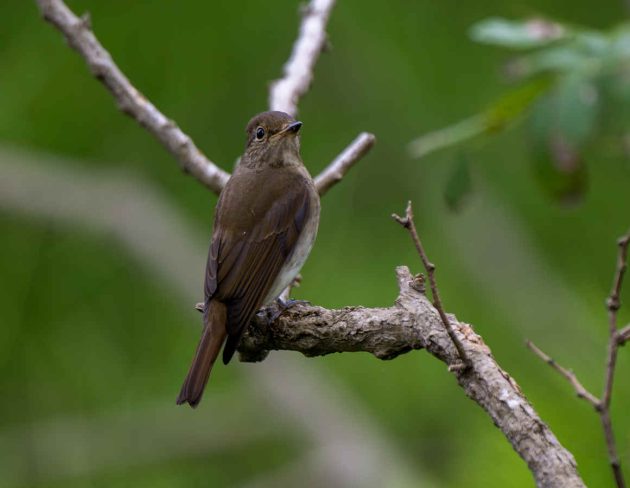
And Black-winged Cuckooshrike.
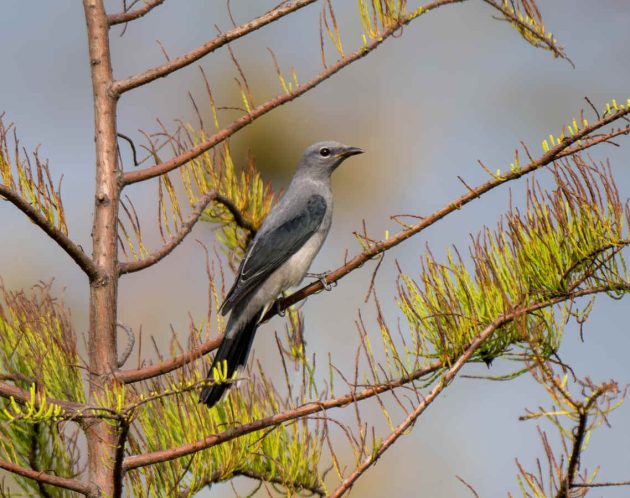
I am not even going to mention some unidentifiable cuckoo species.
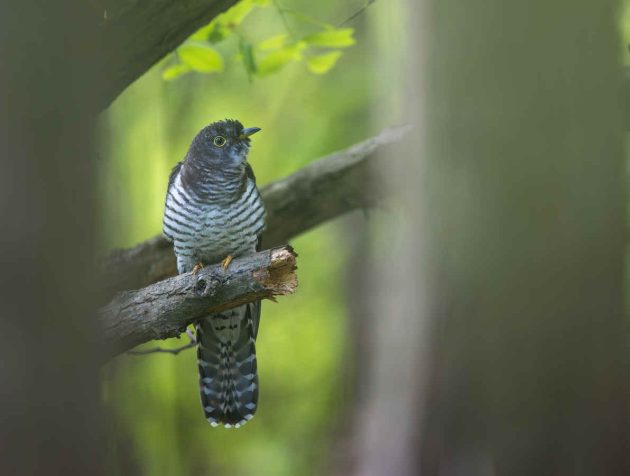
Or some rather unblue Siberian Blue Robin. Maybe it – like Elon Musk – thinks that “The Left is the Party of Murder” and thus wants to avoid being associated with the color blue?
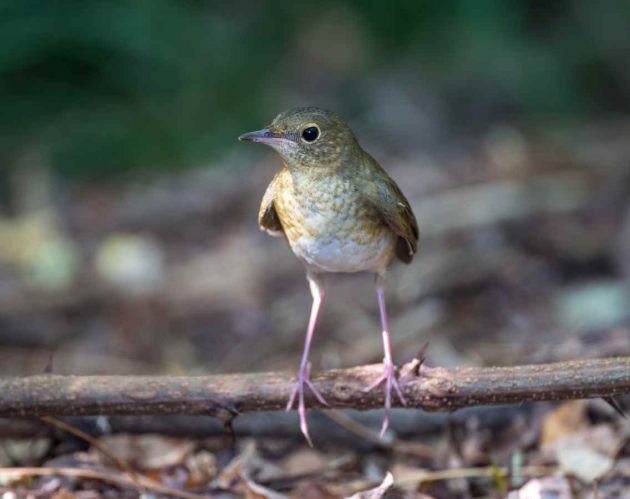
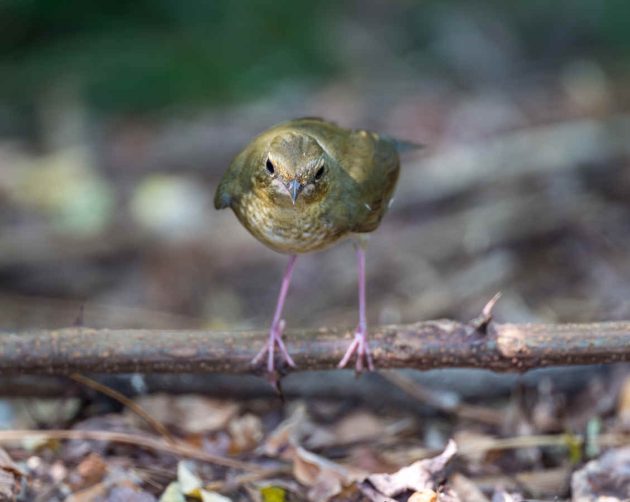
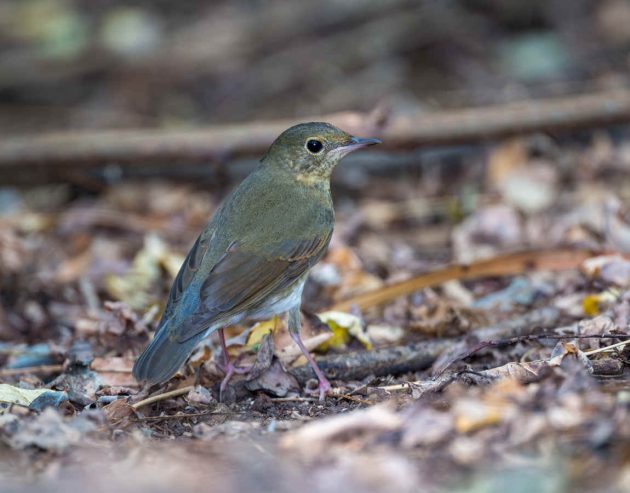
Shrikes of the month:
Brown …
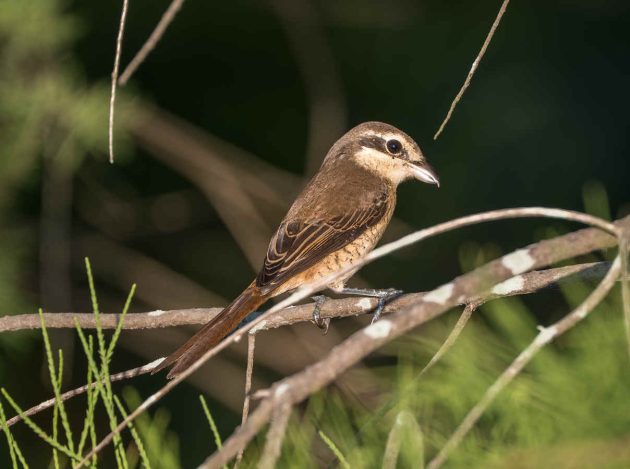
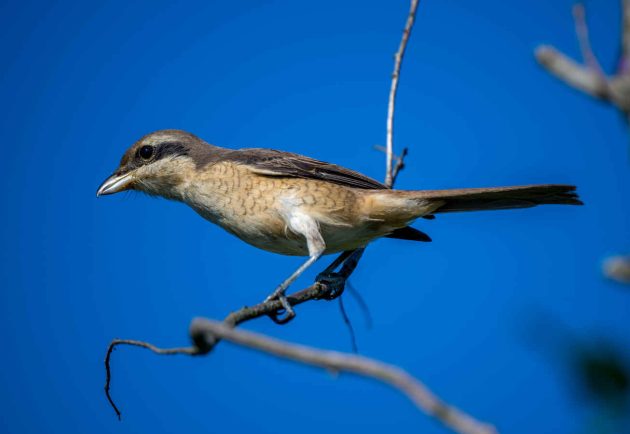
… a bird that sometimes seems to have almost blue feet …
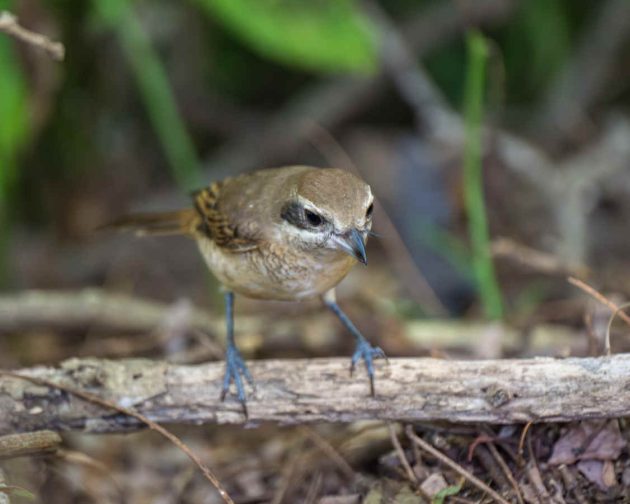
… Tiger …
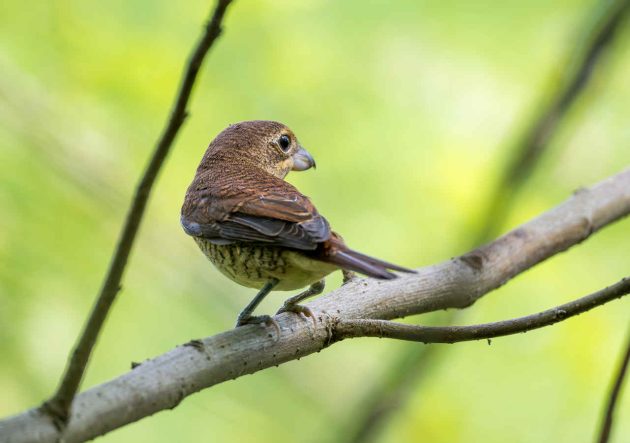
… Long-tailed (this is the local champion).
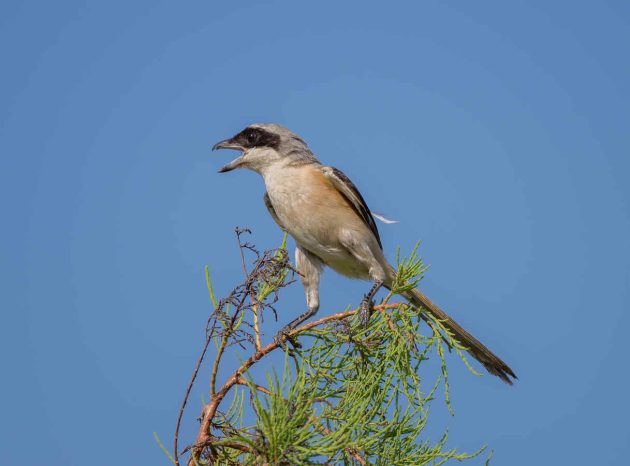
Long-tailed Shrike molting:
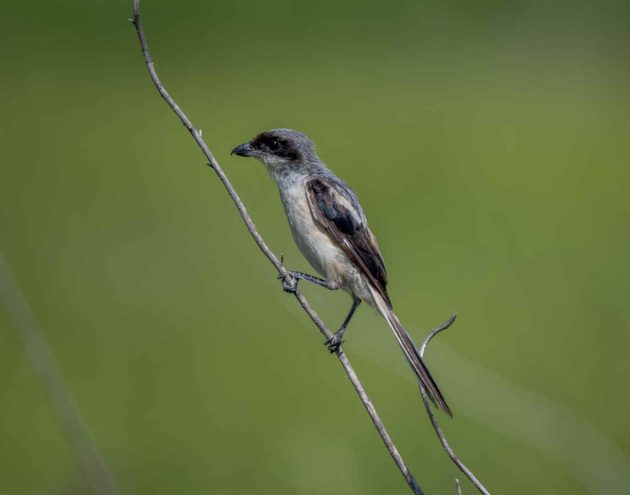
Another Long-tailed Shrike alerted me to the presence of a Grey Nightjar. The mobbing was ineffective – the nightjar just did not care – but helped me find the bird.
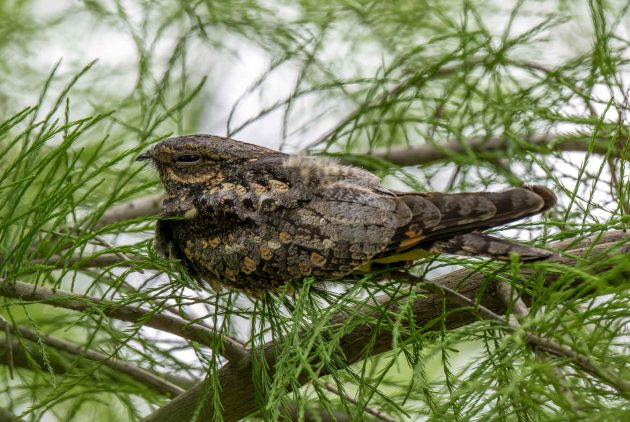
A week or so later, there was another one, resting in an even more open location – so I did not even need the help of the shrikes to see it.
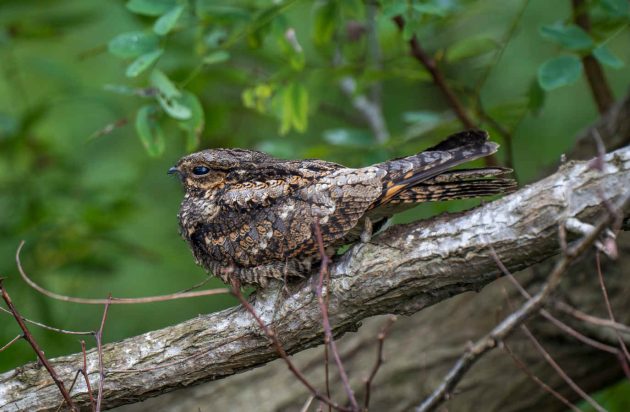
In the obituary section, we have to report on a Black-winged Stilt. The murderer: A Peregrine Falcon. To avoid shocking our audience too much, we can only provide a record shot of the murderer and the victim.
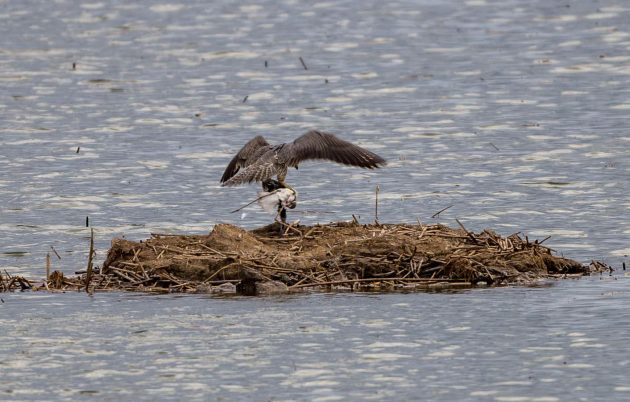
On that side of the seawall, the usual (but still highly appreciated) Reed Parrotbill.
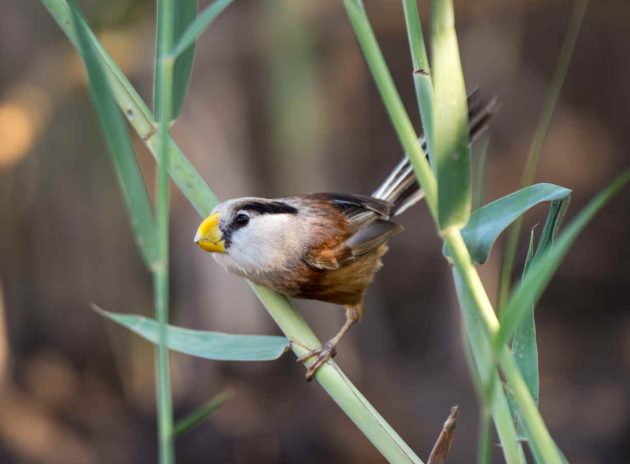
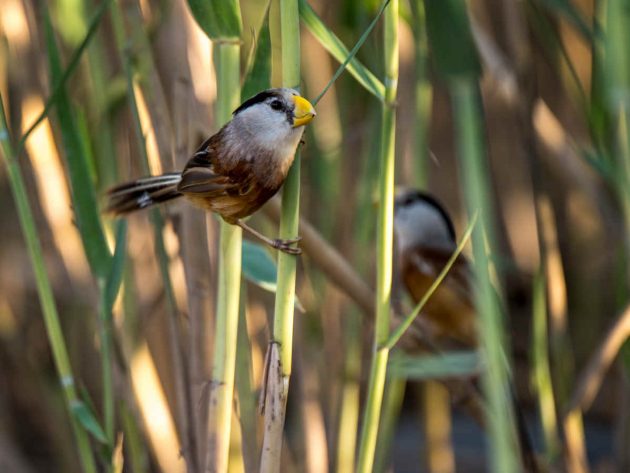
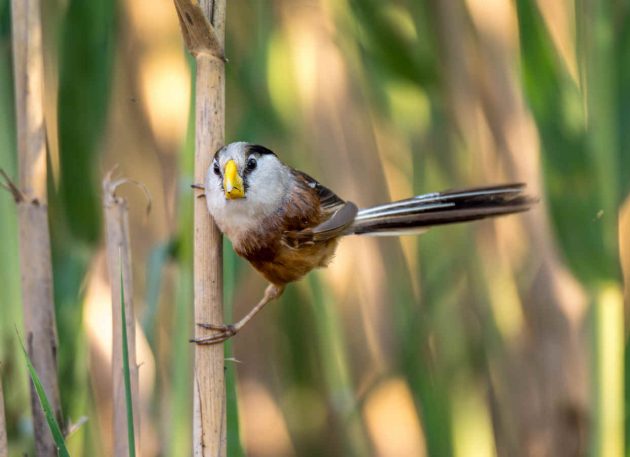
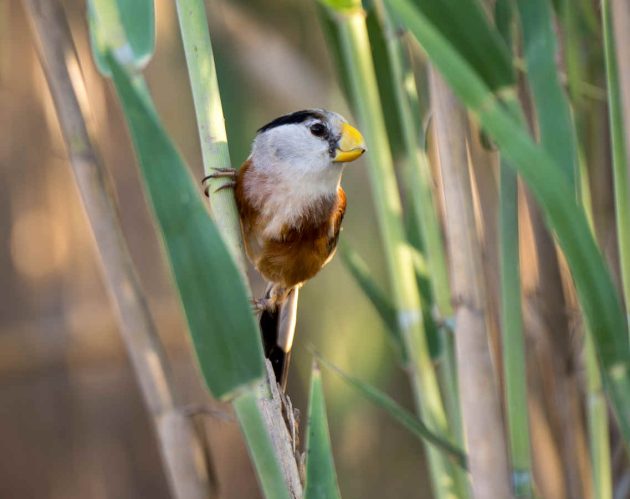
On the last day of the month, I saw a bird whose id still escapes me. Any suggestions? It acted like a flycatcher …
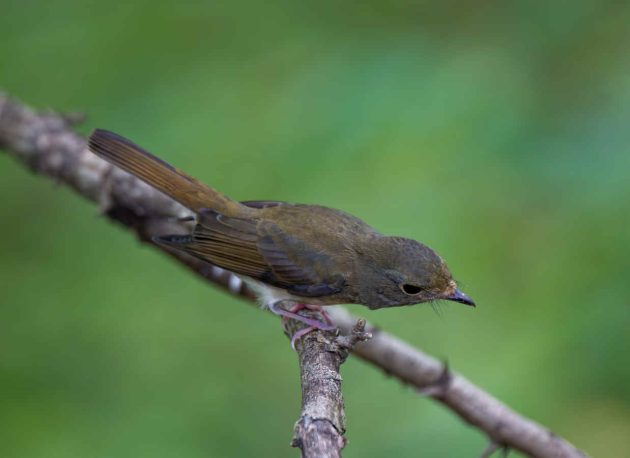
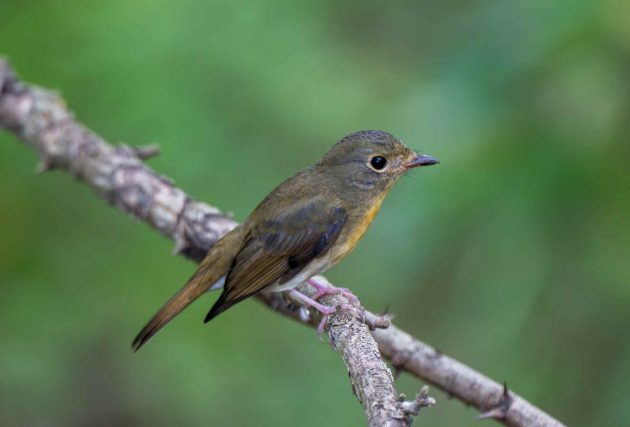
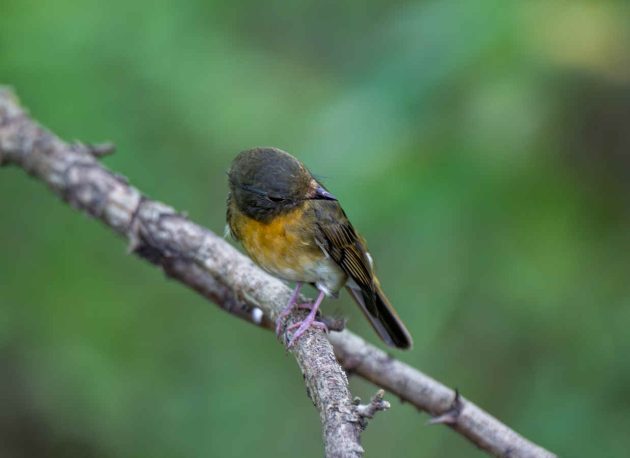
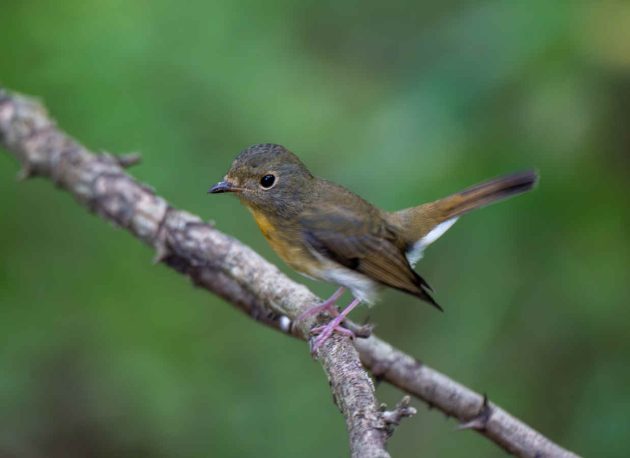
Of course, if there are no birds, there is still music. Such as this one by German band Fink.
Or the very wonderful “Shrift” by Pacific.
And there are also some weird things.
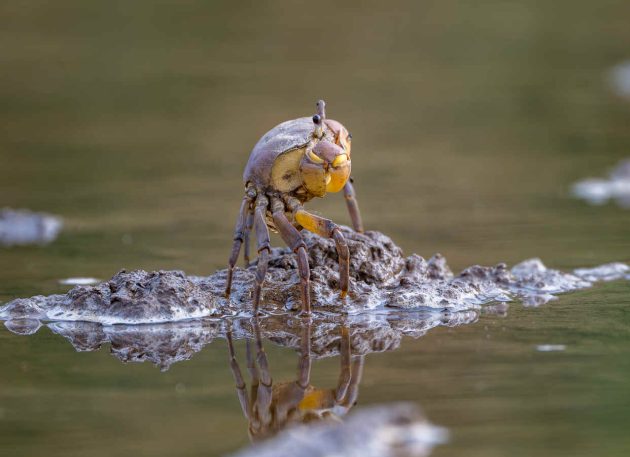
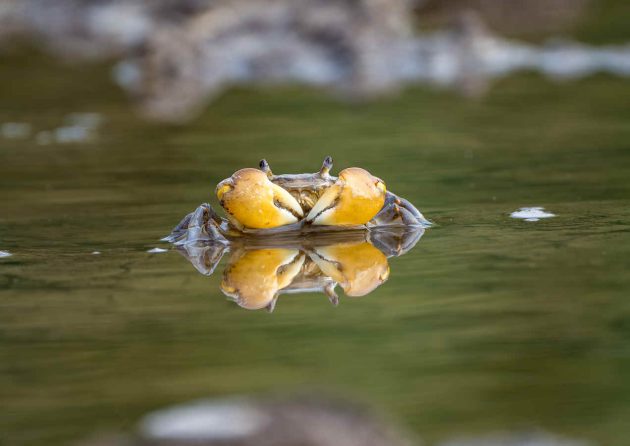
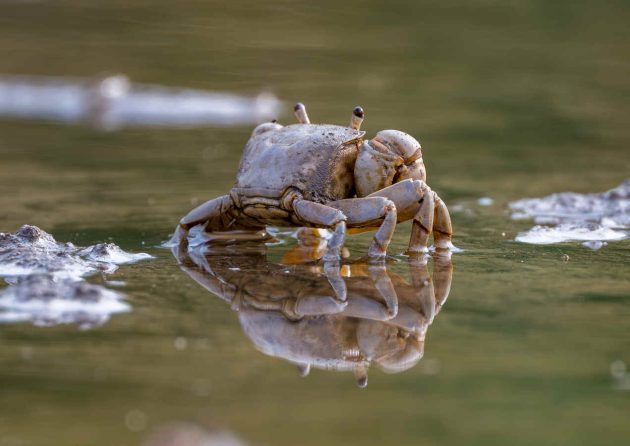
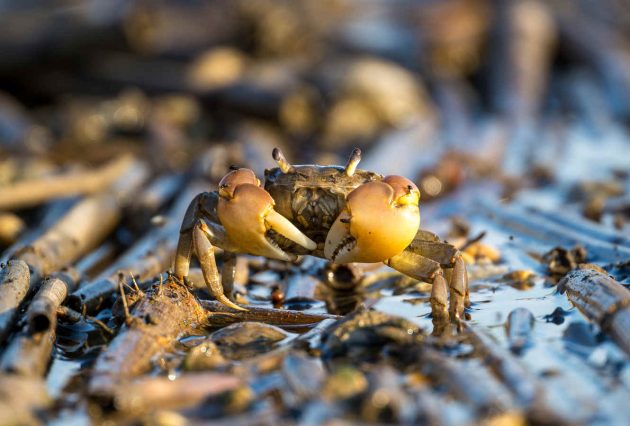








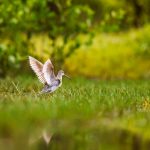
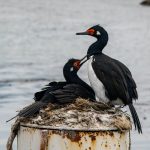
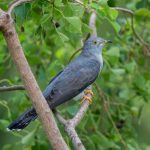
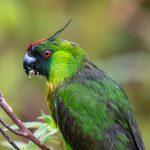
There’s a lot of birds there that a British-based observer like me would love to see. They may be common in Shanghai, but we can only dream of long-toed stints and reed parrotbills.
As for the mystery flycatcher – how about a female sapphire (Ficedula sapphira)?
Wow, so many shorebirds – one of my favorite groups of birds. Then another favorite, the flycatchers (although Shanghai’s are much, much different). The forward facing Black Paradise Flycatcher is very appealing. I also love nightjars, (who doesn’t)! I was hoping for a kingfisher to turn up. A little American politics thrown in and we can be grateful that we have birding, amongst other things, to distract us.
Kingfishers are rare in Shanghai except for Common Kingfisher … Pied Kingfisher is possible, every other species requires lots of luck. Southeast Asia is much better for this.